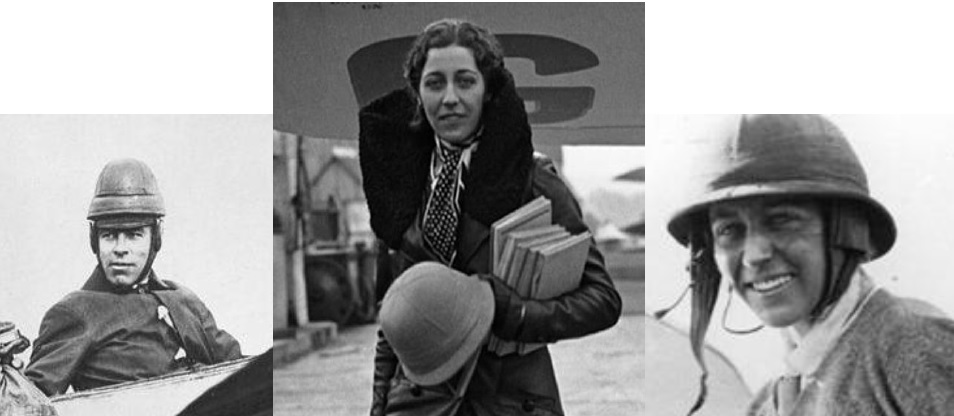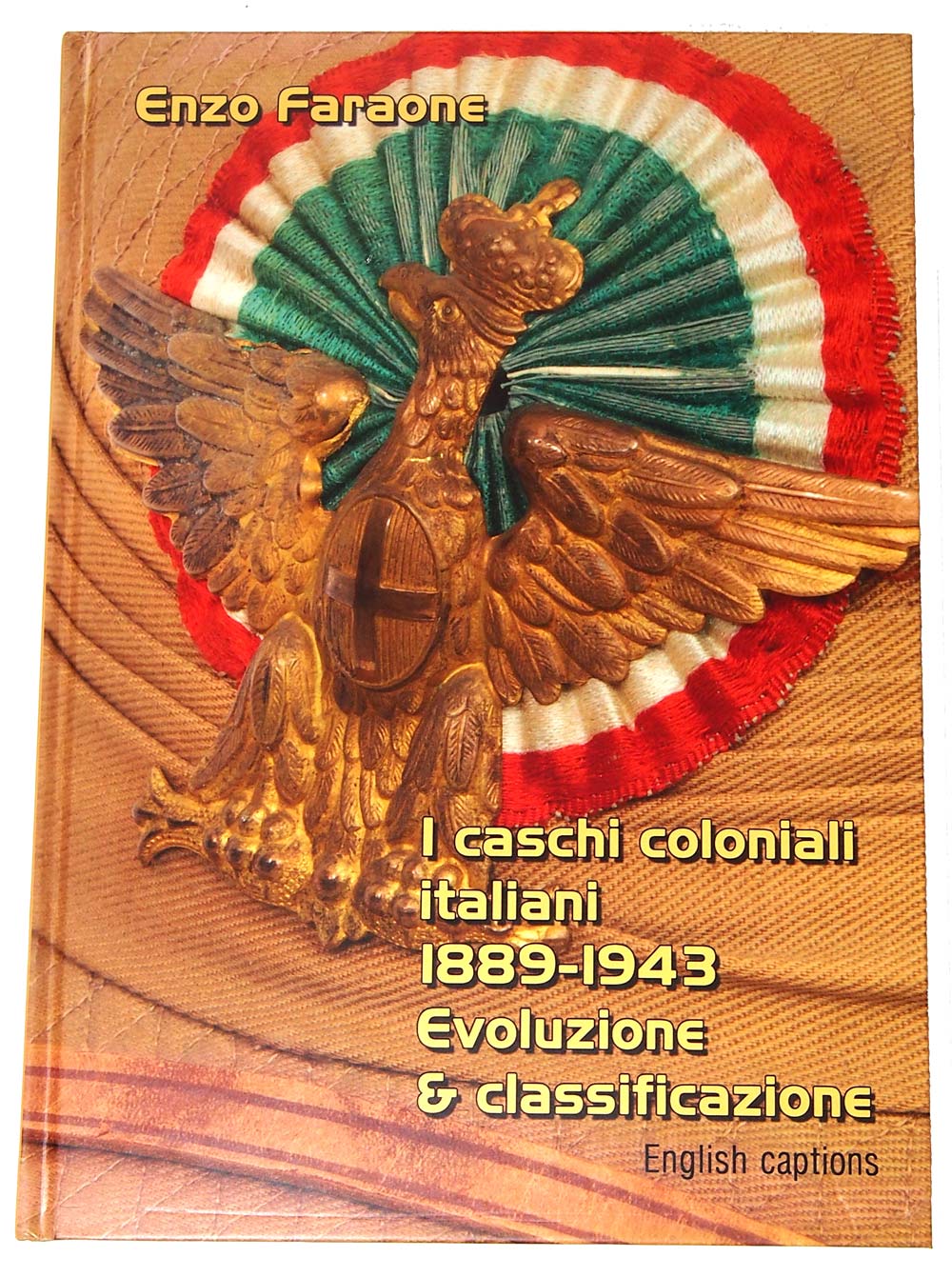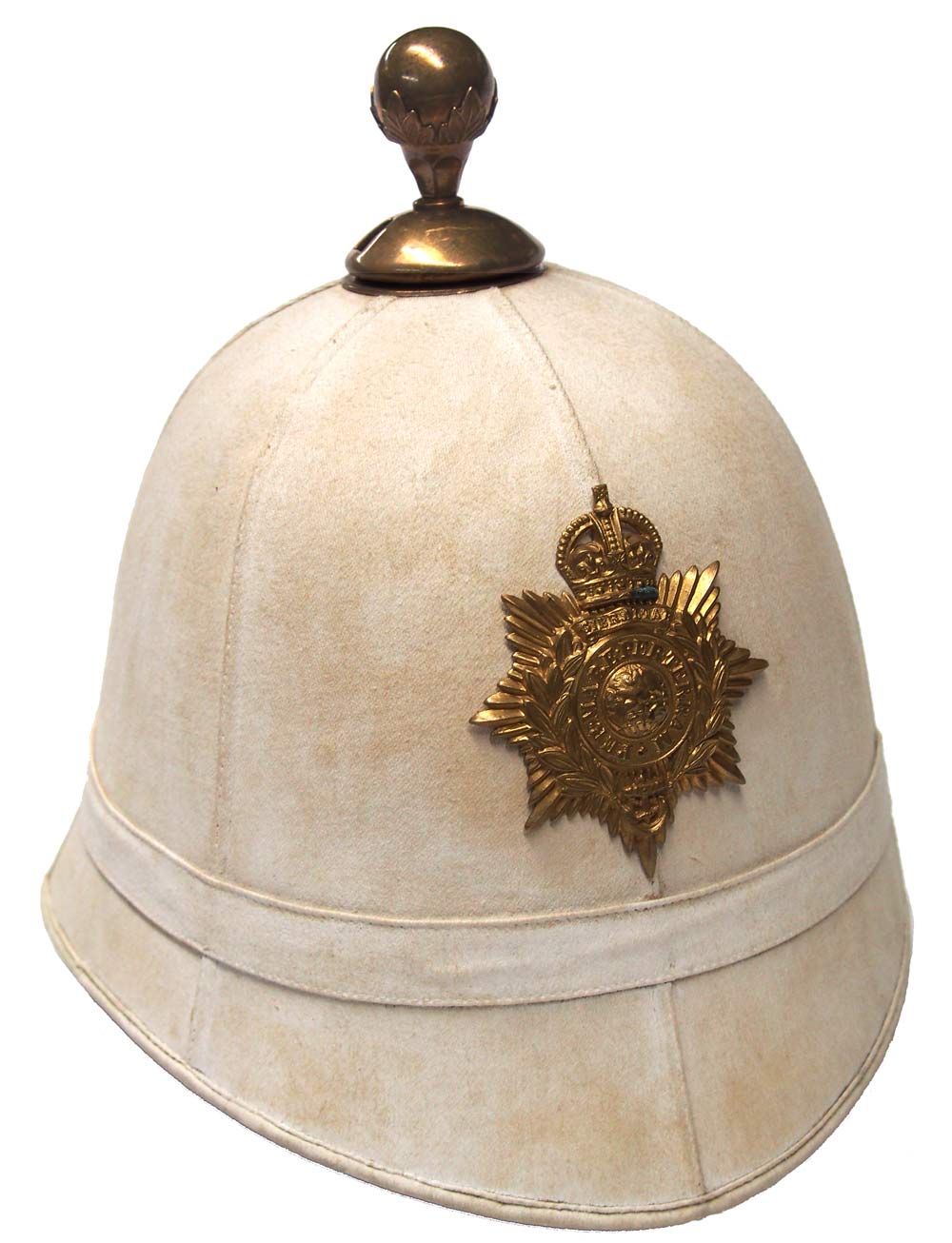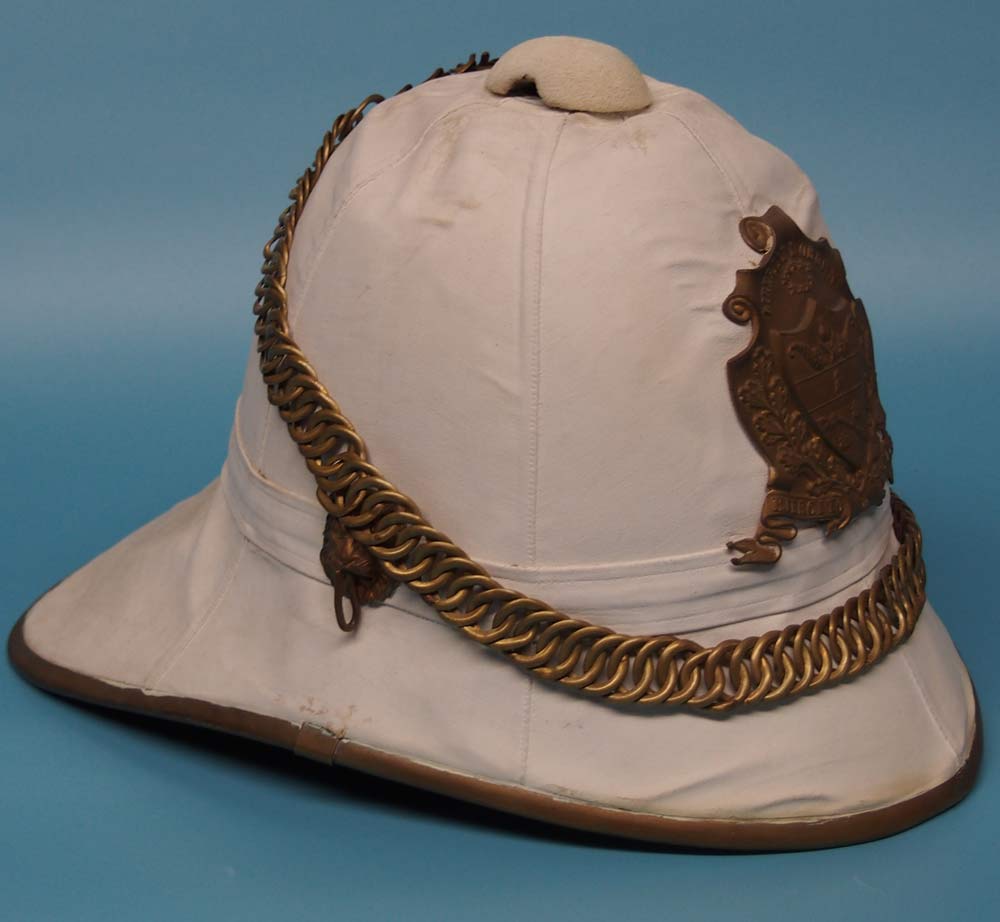
Despite not having overseas colonies, numerous South American nations adopted sun helmets at the end of the 19th century. These nations followed the European patterns – and several South American nations also adopted the Prussian/German pickelhaube as a parade and even combat helmet. Both the sun helmets and pickelhaubes saw use in such conflicts of the War of the Triple Alliance.
One nation that relied heavily on German equipment, and whose army took on a most “Prussian look” was that of Colombia – a nation that still uses pickelhaubes as part of its ceremonial and parade dress.

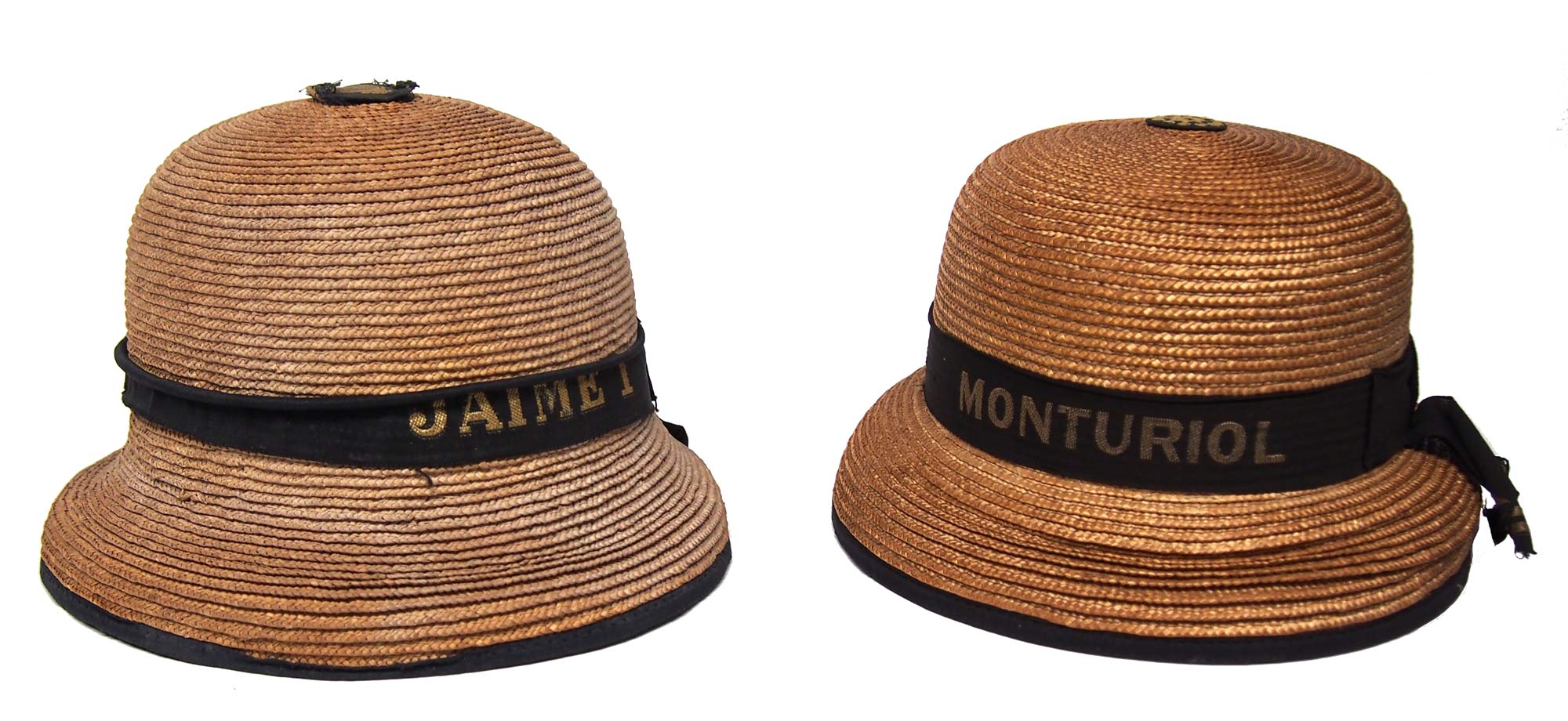 Despite the Spanish defeat during the Spanish-American War, which cost the nation its colonies in Cuba, Puerto Rico and the Philippines the nation continued to maintain a modern army. During the 19th century the Spanish military had worn French-made sun helmets that were in essence copies of the 1886 pattern – but the Spanish also used British made helmets throughout its empire. After the Spanish-American War the Spanish even adopted a helmet that was a copy of the Wolseley pattern.
Despite the Spanish defeat during the Spanish-American War, which cost the nation its colonies in Cuba, Puerto Rico and the Philippines the nation continued to maintain a modern army. During the 19th century the Spanish military had worn French-made sun helmets that were in essence copies of the 1886 pattern – but the Spanish also used British made helmets throughout its empire. After the Spanish-American War the Spanish even adopted a helmet that was a copy of the Wolseley pattern.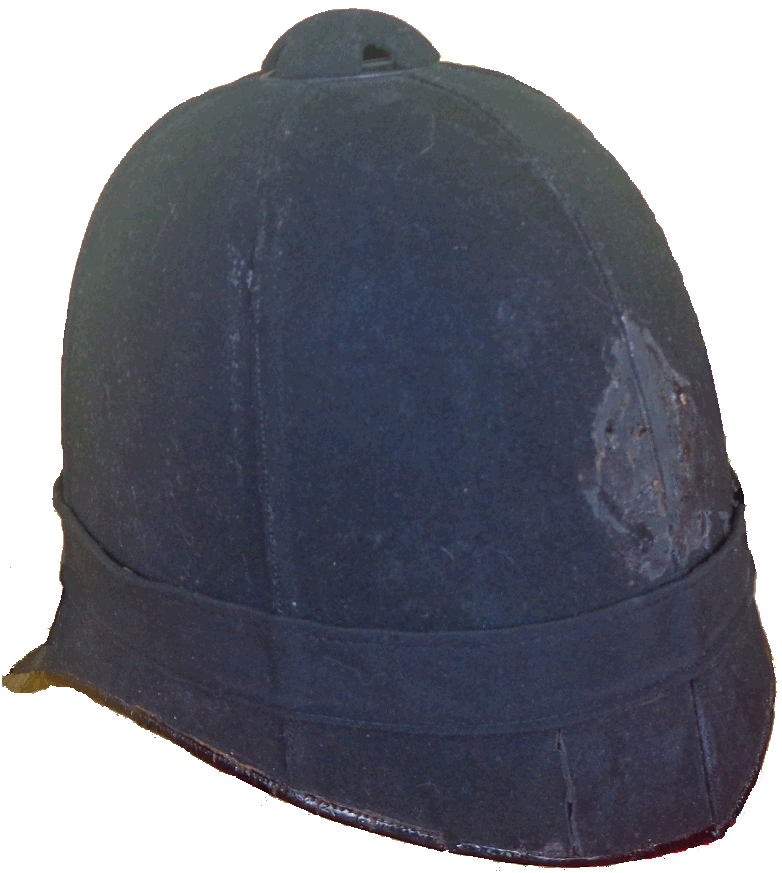
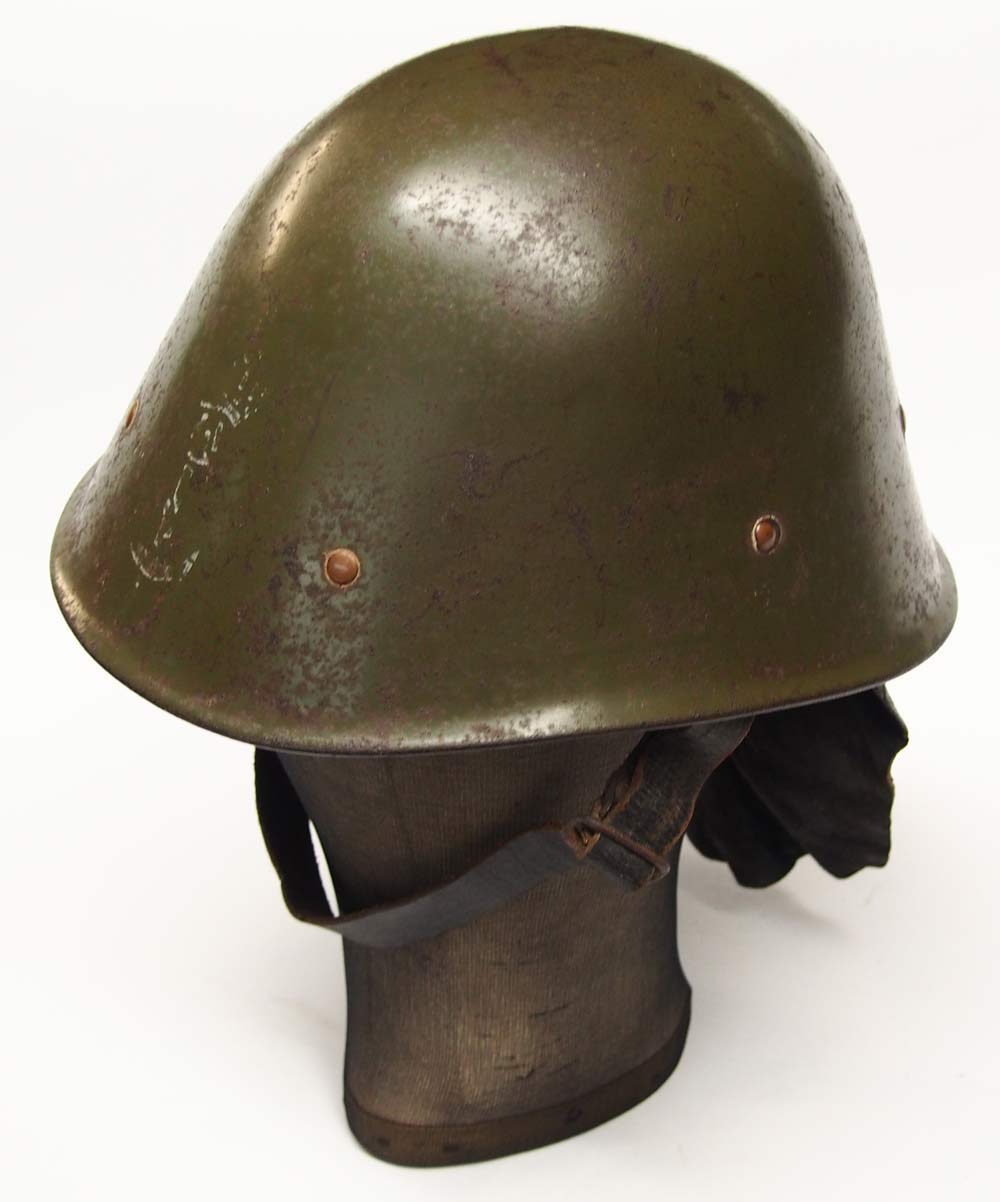 One of the more “unique” tropical helmets of the 20th century was the variation of the Dutch Model 1927 steel helmet. While many steel combat helmets were used in tropical regions during the Second World War, most were the basic helmet simply worn in that theater of operations.
One of the more “unique” tropical helmets of the 20th century was the variation of the Dutch Model 1927 steel helmet. While many steel combat helmets were used in tropical regions during the Second World War, most were the basic helmet simply worn in that theater of operations.